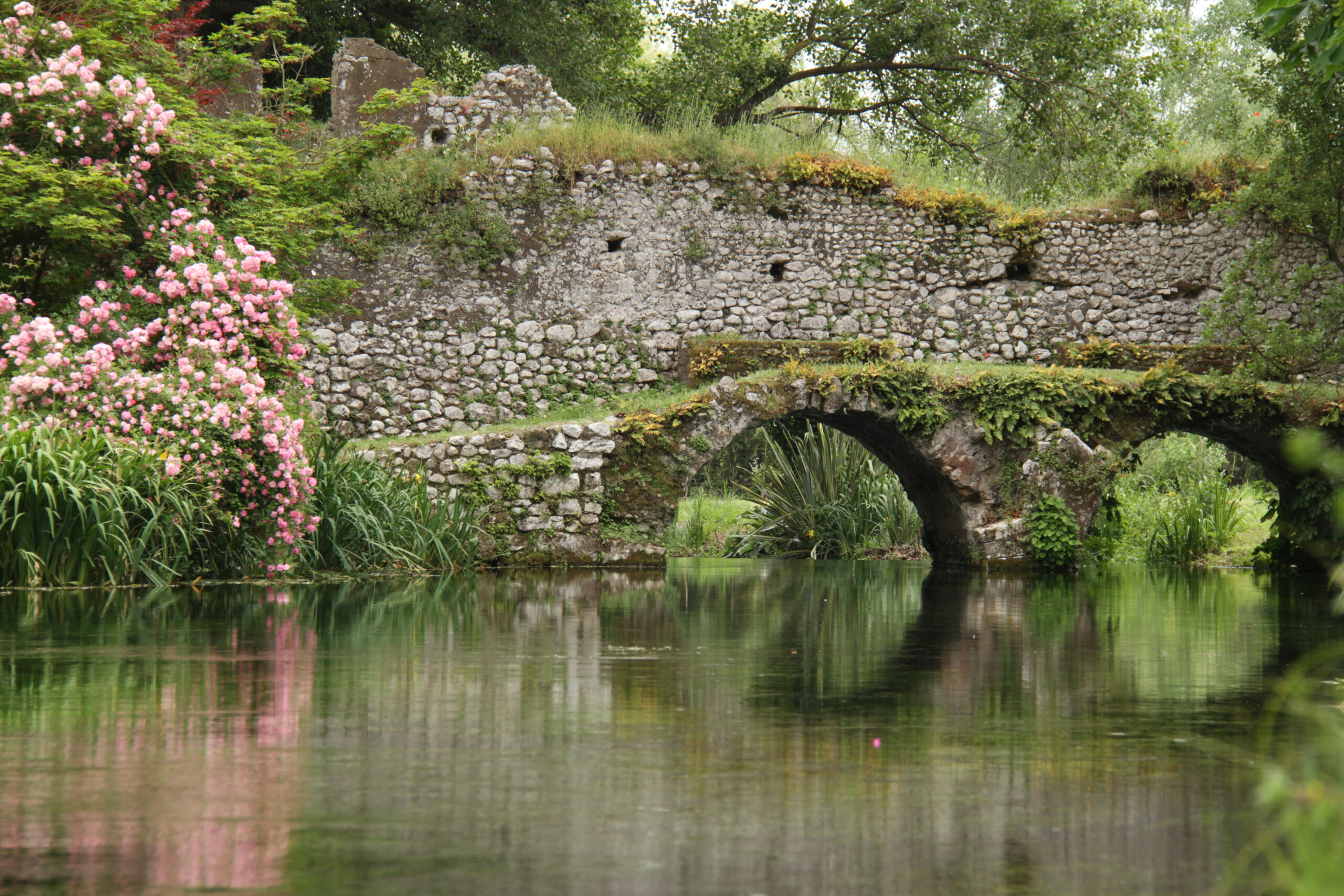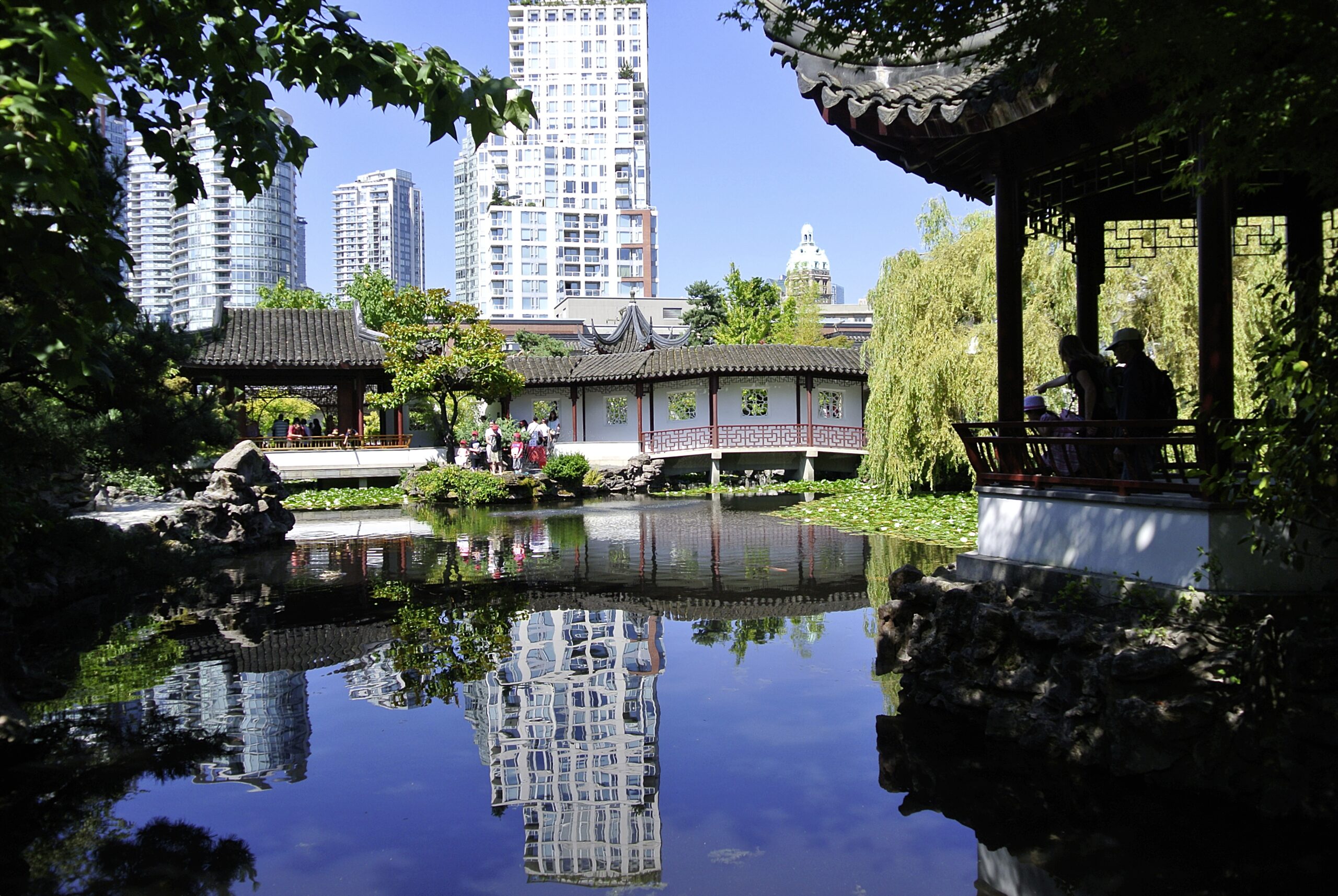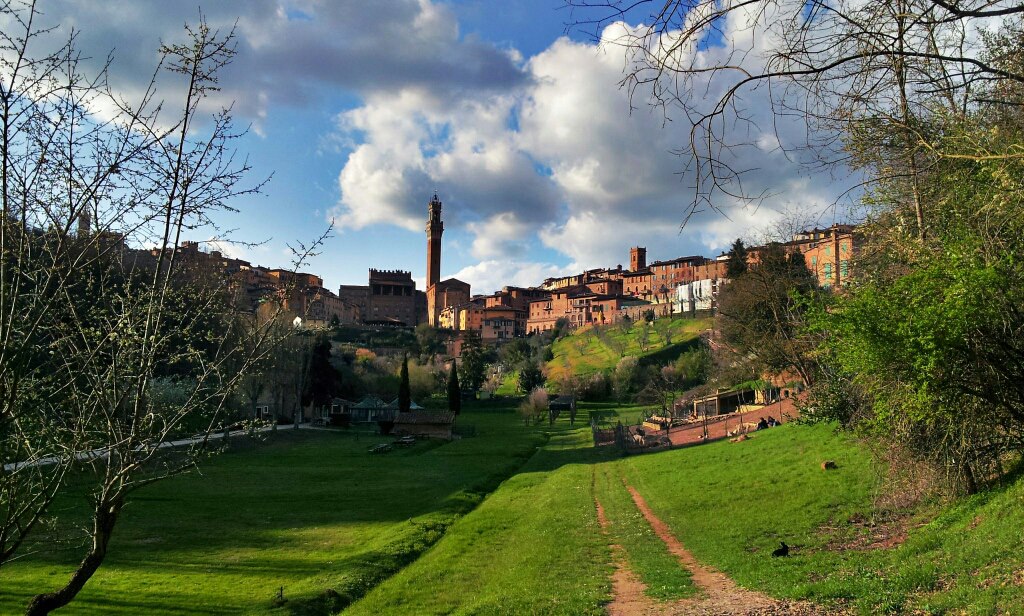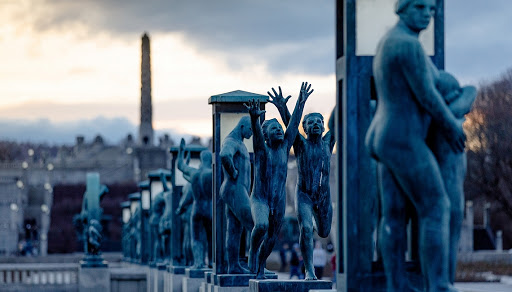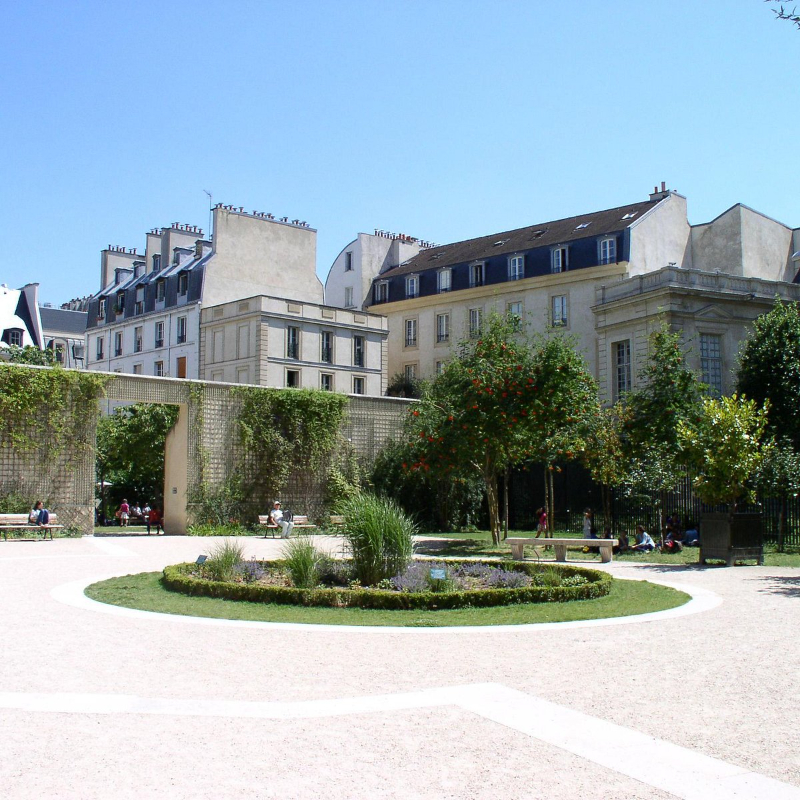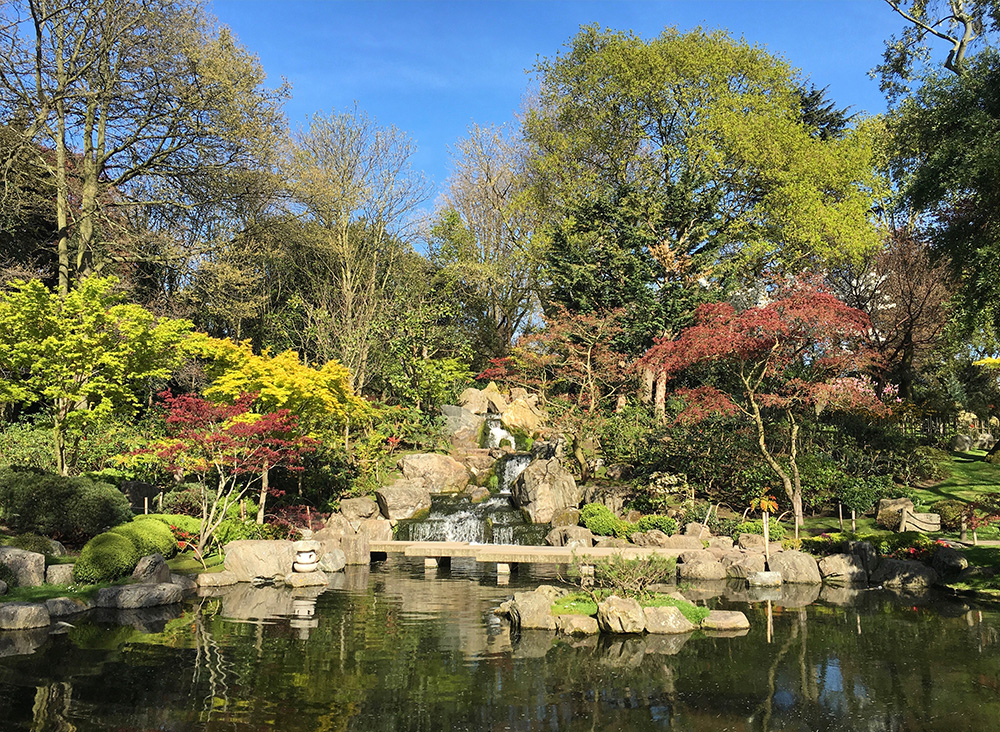Visitors arriving in the Garden of Ninfa take a plunge into an unspoiled reality where many writers, suffice it to mention Virgina Woolf, Truman Capote, Ungaretti, Moravia, found inspiration for their creations, a true literary salon. The ancient town, where the oasis stands today, had a troubled life: often disputed by various lineages it was destroyed and rebuilt several times. In 1298 it was bought by the Caetani family and for a hundred years disputed between them and the Borgias. At the end of the 1300s the decline of the city began, due mainly to malaria .
It was not until the late 1800s that the Caetani family returned to the estates: they reclaimed the marshes, uprooted most of the weeds that covered the ruins, planted the first cypresses, holm oaks, beeches, roses in large numbers, and restored some of the ruins, creating a romantic-looking Anglo-Saxon-style garden.
Around 1930, thanks to the sensitivity of Marguerite Chapin and later of her daughter Leila, the garden began to acquire the charm that distinguishes it today: since then the creation of the park was guided above all by sensitivity and feeling, following a free, spontaneous, informal direction, without an established geometry. Today the oasis looks like a picturesque ruin with remnants of a castle, palaces, churches, and medieval bell towers, all embraced by rich vegetation. Abundant streams flow from the mountain, forming a small lake.
Visiting is especially enjoyable in April and May, when the blooms are at their peak
